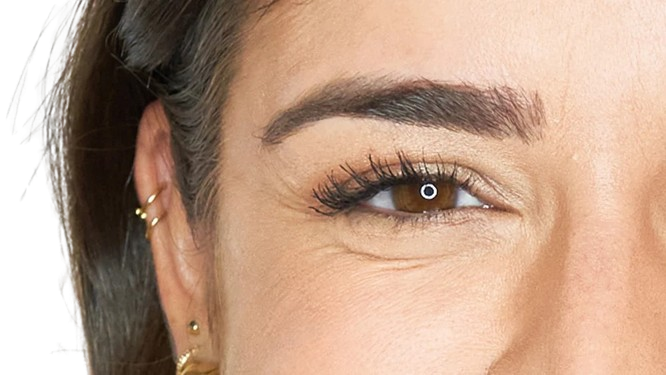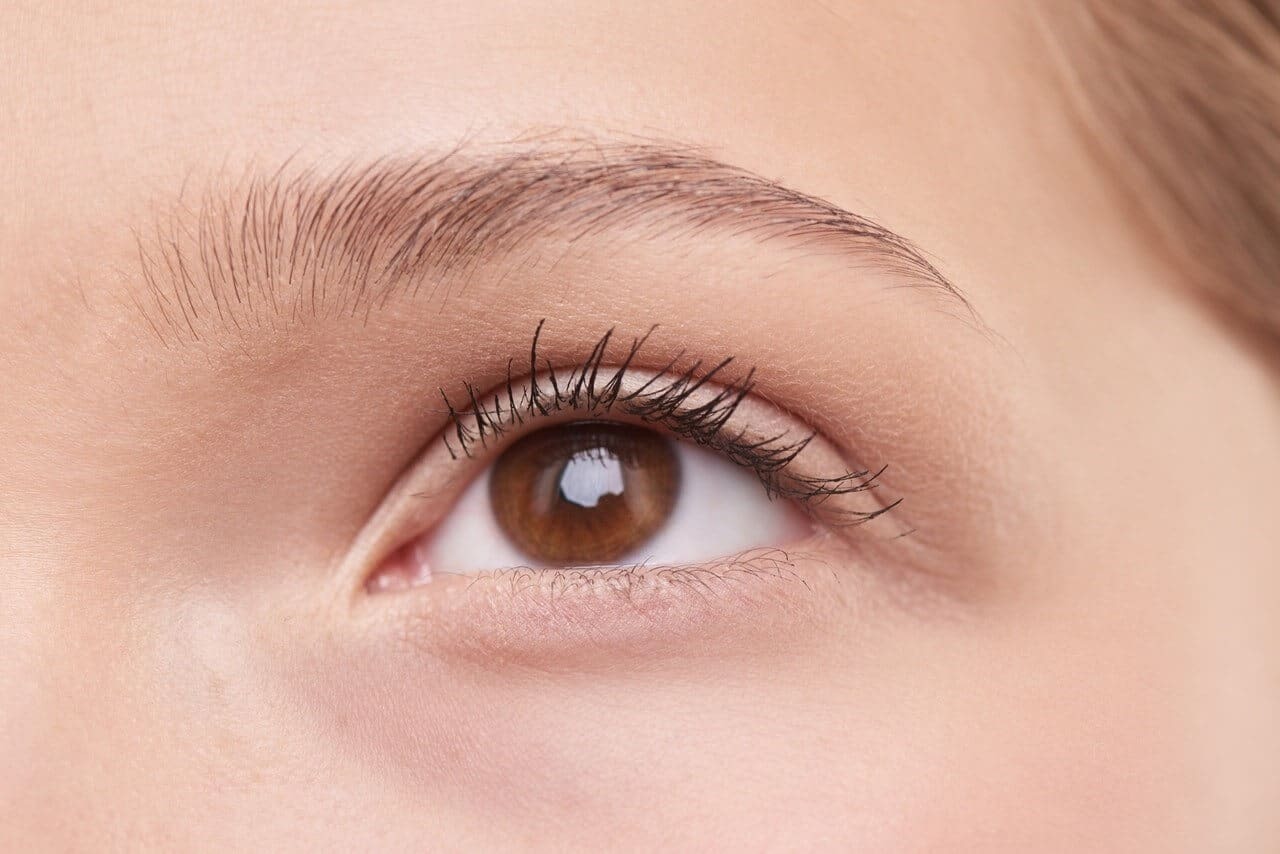

The eyes are "the windows to the inner self." They are not just visual organs, but also strong communicators, conveying a plethora of information about our emotions and personalities. They may convey our emotions, personalities, physical and mental health. They are an effective tool in social interactions, offering nonverbal indications that can impact how others see us. Facial ageing can have negative psychological, emotional, and social consequences because it impacts self-perception and how people are seen by others. Puffiness and bags under the eyes, pigmentation, dark circles under the eyes are amongst the first signs of ageing. Nobody likes to have dark circles and puffy eyes. Under-eye dark circles are a prevalent cosmetic concern across the world. Dark circles, redness, puffiness, or sagging eyes may indicate a lack of sleep, allergies, or stress.
Dark circles under your eyes means that the skin beneath your eyes appears darker. Depending on your skin colour, this region might seem blue, purple, brown, or black. Dark circles around the eyes might make you appear exhausted or older than you are. People of all ages, ethnicities, and genders can be afflicted by dark circles under the eyes. All skin types can exhibit variable degrees of under eye dark circles. Bags under the eyes are areas of minor swelling or puffiness beneath the eyes. They are prevalent as you become older and the tissues around your eyes deteriorate, including some of the muscles that support your eyelids. Fat that supports the eyes might then migrate into the lower eyelids, making them seem puffy. Fluid might also gather below the eyes. Skin beneath the eyes becomes saggy which results in appearance of dark circles. Dark circles may be of different types: pigmented, post-inflammatory, vascular, structural, mixed-type. It is also referred to as peri-orbital hypermelanosis, indicating that hyperpigmentation plays an major role in the etiology of dark circles under the eyes.

Aging is one of the most common reasons of dark circles is age. As you age, the skin behind your eyes continues to loosen and thin which may be due to decrease in fat and collagen responsible for maintaining elasticity of skin. This makes the blood vessels beneath your skin more apparent, thus darkening the area under eyes. Other causes of dark circles around the eyes include a lack of sleep or oversleeping, allergies, fluid retention, smoking, genetics, and medical problems include dermatitis, dermatomyositis, renal illness, anaemia and thyroid eye disease. Staring at a television or computer screen for an extended amount of time can strain your eyes and expand the blood vessels around your eyes, potentially leading in dark circles. Dehydration may contribute to the development of pigmentation. When your body is dehydrated, the skin behind your eyes appears dull and sunken. Excessive sun exposure may cause an increase in melanin, the pigment that gives your skin its colour. Your body may then deposit the extra melanin behind your eyes, resulting in hyperpigmentation. A variety of lifestyle variables, including smoking and alcohol consumption, may potentially be associated with the development of POH.
A variety of wrinkle treatments are utilised to reduce the look of puffiness beneath the eyes like use of topical preparations to be applied to area beneath the eyes. Laser resurfacing, chemical peels, and tissue fillers can help enhance skin tone, tighten skin, and revitalise the under-eye region. Cold compresses, eye creams, and extra sleep are all examples of home cures.
Aurance under eye cream gel is free from irritating chemicals andsynthetic actives. It is a unique blend of herbal extracts with Vitamin C and Niacinamide. It gently helps to reduce dark circles under the eye, puffiness of the eye and fine lines.

Ingredients